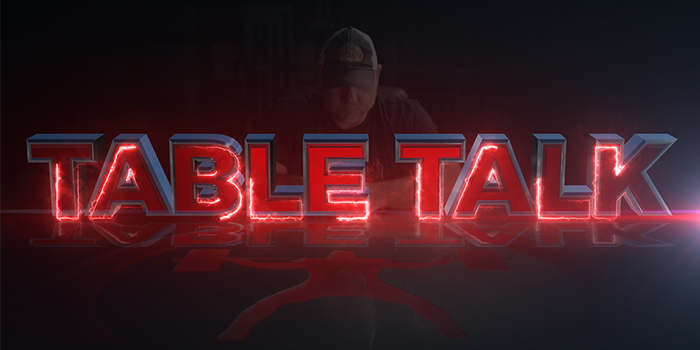
Dave knows quite a bit about going from huge and bloated to lean and jacked. He makes a game out of it: get as heavy as you can to push the limits right before starting a phase of dieting to bodybuilding levels of leanness. He has nearly mastered the pendulum swing of bloated to shredded, some of his most impressive transformations being well-documented.
WATCH: Table Talk — Dave Tate's Best Fat Man Story
This makes Dave the perfect person to answer the question in this week's Table Talk: How should a big guy eat and train to lose weight? Dave approaches this question assuming that "big guy" means a man weighing at least 350 pounds who also has muscle — the typical super heavyweight powerlifter. Dave gives several important pieces of advice regarding the dieting process for these people:
- Use a seven or ten fold skin measurement to determine your bodyfat percentage at the start. Use these measurement to track progress over time. This will not be the most accurate form of bodyfat measurement but if you are consistent, it will give you a clear indicator of what direction your bodyfat percentage is moving.
- The scale? Not so important. The scale plays tricks on you. If you're a bigger guy weighing 350 pounds or more, your hydration can cause weight swings of 10 or more pounds in one day. This is why you should care less about the scale and care more about your other indicators of progress: appearance, performance, and bodyfat percentage.
- Make it your goal to get to 15% bodyfat by eating better half of the time, drinking more water, and lowering your rest periods between sets in training. If you can't get there, you might have other problems to address.
- Make small changes and hold back at the start. If you add in hours of cardio every week, increase your training volume, and drop your carbohydrates from the very beginning, you're going to have nothing to do when you get stuck. When your weight loss stalls, you won't have any way to get it dropping again. This is why you should start slowly and make changes to your diet and training over time, not all at once.










